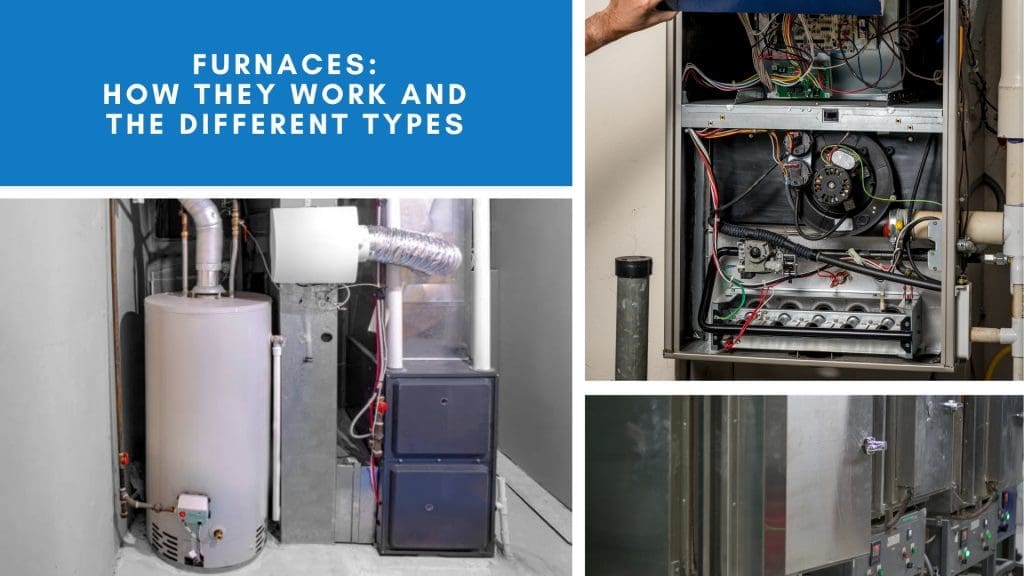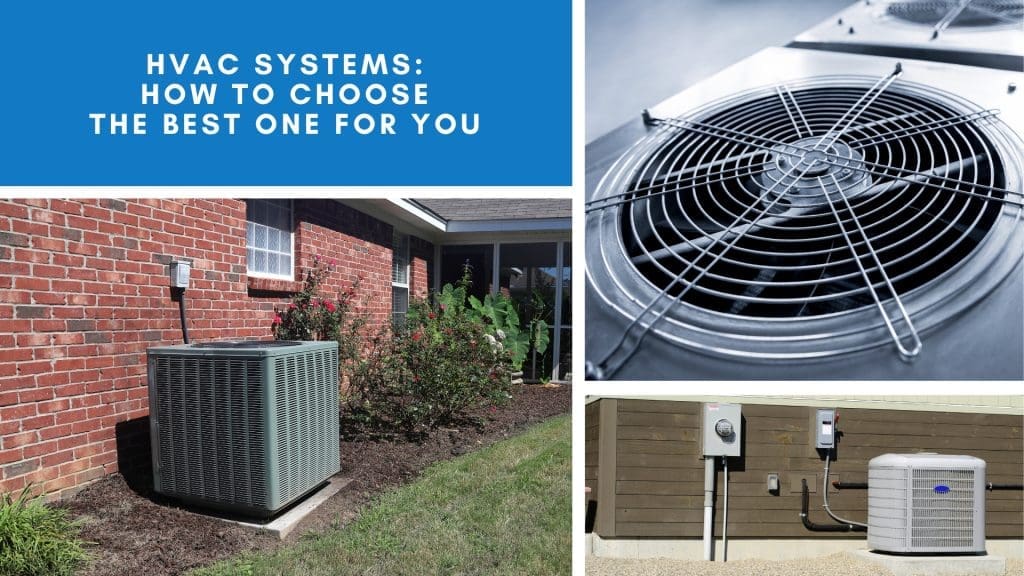Understanding MERV ratings is key to maintaining good air quality in your Los Angeles home. These ratings help you choose the right air filter for your HVAC system. But what does MERV mean, and why should you care?
MERV stands for Minimum Efficiency Reporting Value. It’s a standard that rates the effectiveness of air filters. The higher the MERV rating, the better the filter is at capturing small particles.
Choosing the right MERV rating can be tricky. You want a filter that improves air quality without restricting airflow. Too high a rating might strain your HVAC system.
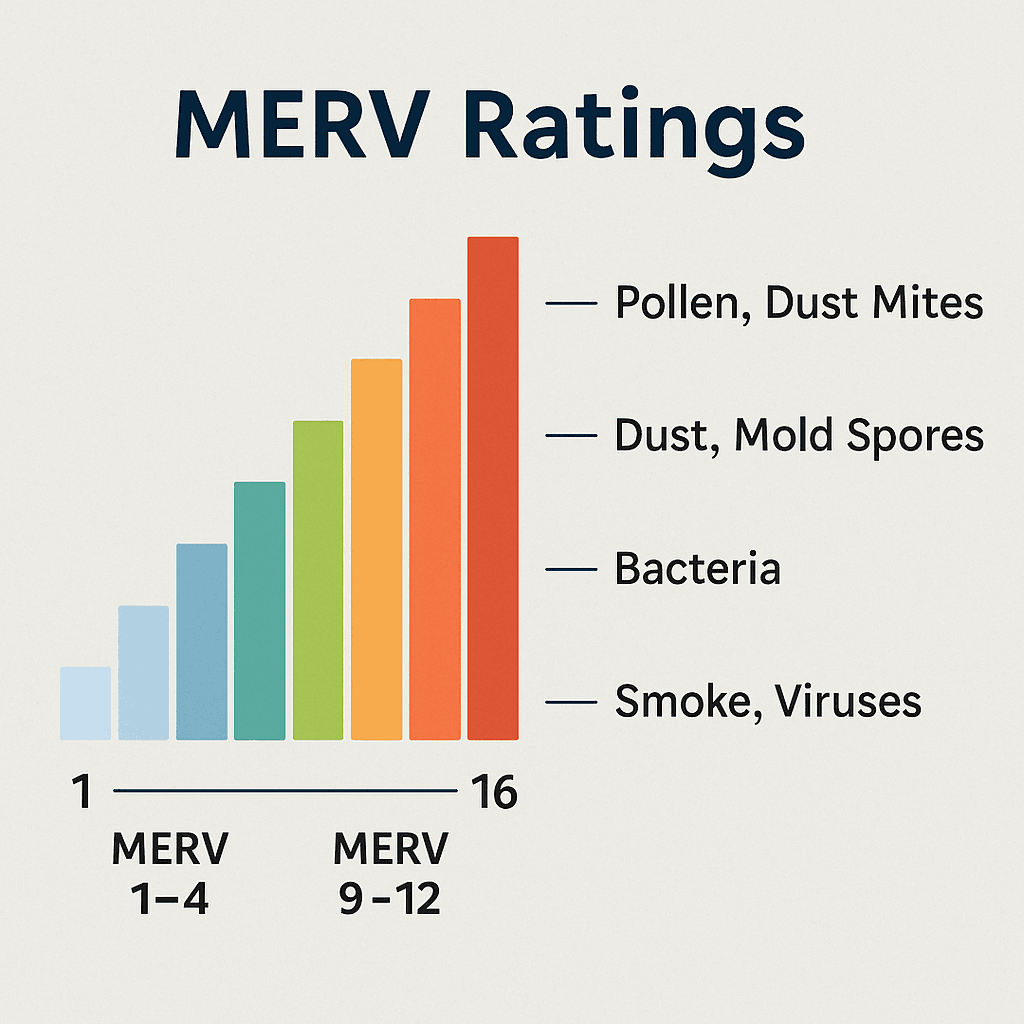
In Los Angeles, air quality can vary. This makes selecting the right MERV rating even more important. Whether you’re a busy mom, a small business owner, or working from home, understanding MERV ratings can help.
This guide will walk you through everything you need to know. From what MERV ratings mean to how they affect your HVAC system, we’ve got you covered. Let’s dive in and make your home a healthier place to breathe.
What Does MERV Mean in Air Filters?
MERV stands for Minimum Efficiency Reporting Value. This measurement tells you how well an air filter can capture particles. Knowing what MERV means helps in choosing the right filter for your needs.
The MERV scale ranges from 1 to 20. A higher number indicates a more efficient filter. But higher isn’t always better, especially for home use.
Here’s a simple breakdown:
- MERV 1-4: Captures large particles like dust and pollen
- MERV 5-8: Traps mold spores and pet dander
- MERV 9-12: More efficient, capturing smaller particles
- MERV 13-16: Used in hospitals, captures bacteria and smoke
- MERV 17-20: HEPA filters for cleanrooms and surgical theaters
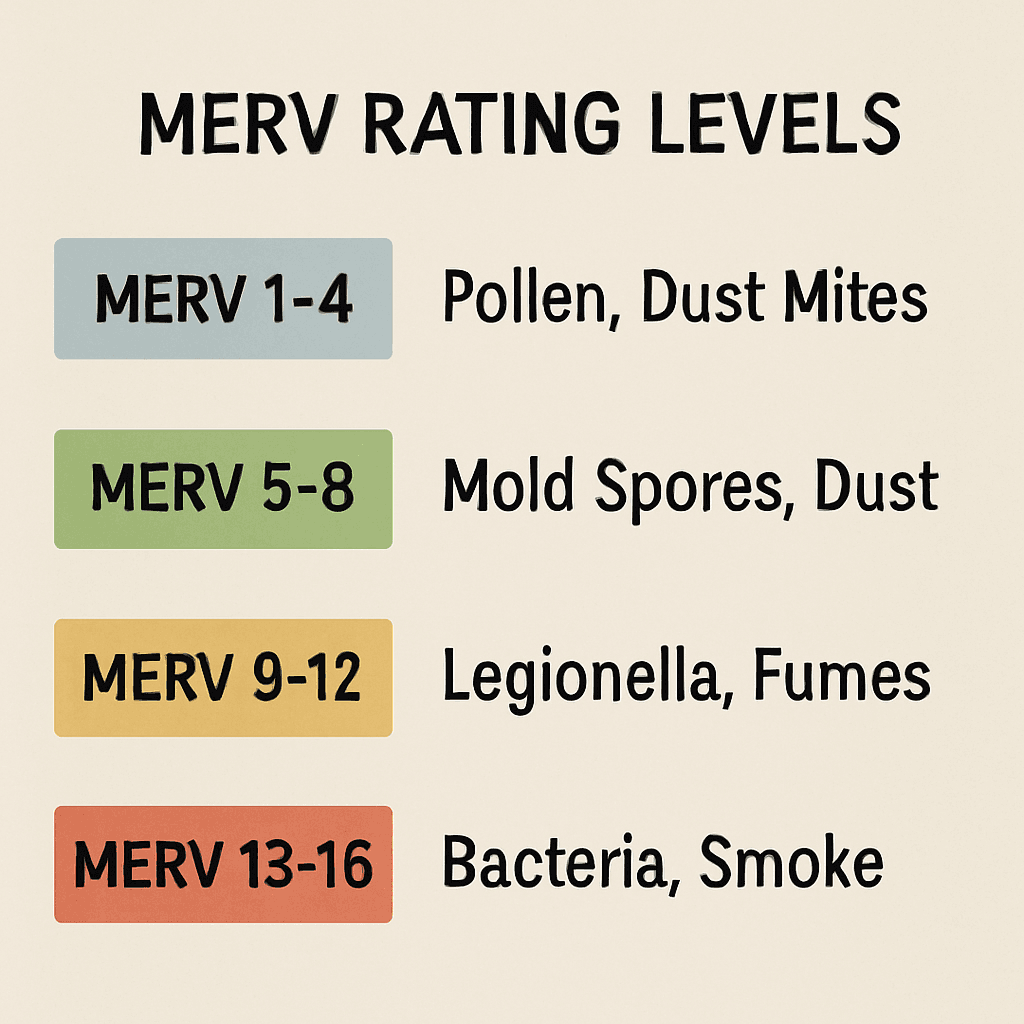
Understanding MERV ratings empowers you to enhance your home’s air quality. It provides a standardized way to compare different filters. This knowledge is valuable whether you’re dealing with allergies or aiming for optimal air quality.
How MERV Ratings Work: The Basics
MERV ratings rank air filters based on their ability to trap particles. They focus on particles ranging from 0.3 to 10 microns in size. This focus helps ensure your air is as clean as possible.
The scale is straightforward, but the implications are profound. A filter with a higher MERV rating can capture smaller particles. However, this higher efficiency might also mean reduced airflow. Balancing filtration efficiency with system performance is key.
Here’s a quick overview of how different MERV levels capture particles:
- MERV 1-4: Large particles like fibers and pollen
- MERV 5-8: Average particles like dust mite debris
- MERV 9-12: Smaller particles including car emissions
- MERV 13-16: Very small particles like bacteria
- MERV 17-20: Ultra-fine particles in cleanrooms
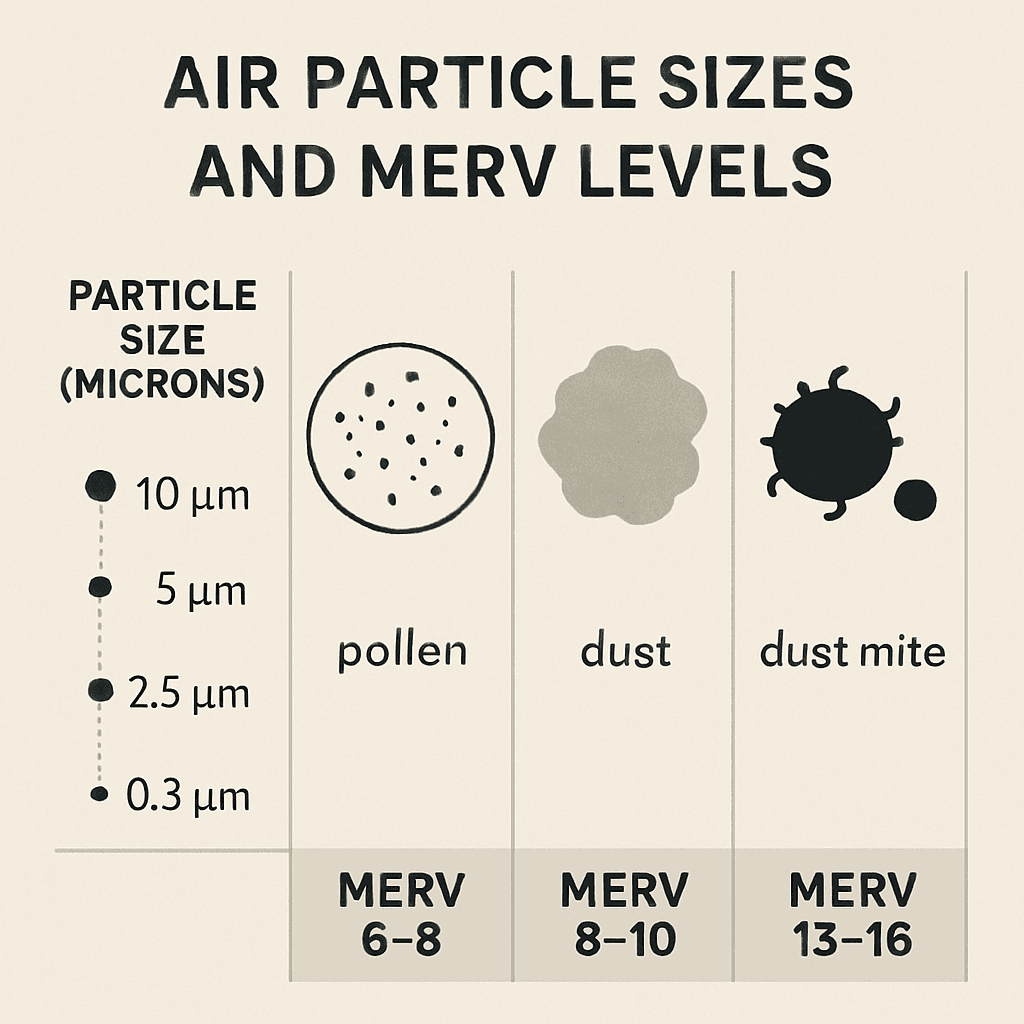
Choosing the right MERV rating involves understanding both filtration needs and HVAC limitations. An overly restrictive filter can hinder performance, so it’s essential to strike a balance. Proper selection ensures both clean air and efficient system operation.
MERV Rating Chart: What Each Level Captures
Understanding what different MERV ratings capture can help you choose the right filter for your home. Every rating has specific capabilities, addressing various indoor air quality concerns. A handy MERV rating chart can visualize these details.
Basic Ratings
MERV 1-4:
- Captures large particles
- Stops dust mites and pollen
MERV 5-8:
- Handles medium-sized particles
- Reduces mold spores and pet dander
Advanced Ratings
Moving up the scale, filters become more sophisticated.
MERV 9-12:
- Tackles smaller particles
- Effective against auto emissions and lead dust
MERV 13-16:
- Suitable for medical settings
- Captures bacteria and smoke
Highest Ratings
These are rarely needed in homes but vital for specialized environments.
- MERV 17-20:
- High-efficiency options
- Capture the finest particles in sensitive areas like cleanrooms
Choosing the right MERV rating depends on your needs and environment. While higher numbers filter more particles, they may also affect HVAC system performance. Understanding this balance is key to maintaining both air quality and system efficiency.
Comparing Common MERV Ratings for Home Use
When considering MERV ratings for home use, it’s important to weigh filtration needs against airflow. Let’s dive into the differences between commonly used ratings.
MERV 8: A Popular Choice
MERV 8 filters are popular in residences. They capture dust, pollen, and mold spores effectively. These filters offer a good balance between airflow and filtration.
MERV 11: Enhanced Filtration
MERV 11 filters go a step further, removing more fine particles. This makes them ideal for homes with pets or where air quality is a concern. They do a great job on pet dander and allergens.
MERV 12: Extra Protection
MERV 12 filters add another layer of protection by capturing even smaller particles than MERV 11. These are well-suited for households near busy streets or construction sites.
Choosing the Right Fit
Selecting between MERV 8, 11, and 12 depends on specific needs:
MERV 8:
- Affordable
- Basic filtration
MERV 11:
- Balanced choice
- Great for allergies
MERV 12:
- Best in challenging environments
- Excellent for urban areas
Always consider airflow compatibility with your HVAC system when selecting a filter. Each MERV rating offers unique benefits, allowing you to enhance air quality effectively.
MERV 8 vs MERV 11 vs MERV 12
Let’s pit these three filters against each other. Each has its pros and cons:
MERV 8: The Baseline
Ideal for most homes, ensuring adequate airflow. It’s a reliable choice for managing moderate indoor pollutants.
MERV 11: Mid-Level Performer
Offers superior filtration without heavily restricting airflow. This choice is perfect if family members suffer from allergies.
MERV 12: The Higher Performer
Provides top-tier filtration, capturing finer particles. Best for those who prioritize air quality due to health concerns.
- MERV 8:
- Cost-effective
- Balance of air flow and filtration
- MERV 11:
- Better for allergens
- Minimal restriction
- MERV 12:
- Superior filtration
- Slight airflow restriction
Each option serves different household needs, focusing on balancing air purity with system performance.
MERV 13 vs MERV 8 and MERV 12 vs 13
High-efficiency MERV 13 filters offer advanced filtration, but do you really need it at home?
MERV 13: Exceptional Filtration
Captures tiny particles, including smoke and airborne bacteria. Great for special health needs but often more than necessary for general home use.
MERV 13 vs MERV 8
When compared to MERV 8, MERV 13 provides superior air cleaning but might reduce airflow significantly. It’s generally only warranted if specific health concerns exist.
MERV 12 vs 13
MERV 12 is close to 13 in performance but allows better airflow. It’s a practical compromise for higher filtration without heavily impacting HVAC systems.
- MERV 13:
- Top-tier particle capture
- Potential airflow impact
- MERV 8:
- Balanced
- Good for basic needs
- MERV 12:
- Moderate restriction
- Efficient filtration
Choosing between these requires considering the specific trade-offs of airflow and filtration efficacy. Select based on priority, whether it’s air purity or system efficiency.
Is a Higher MERV Rating Always Better?
Choosing a higher MERV rating might seem like the best way to ensure clean air. However, it’s not always the ideal choice for every home.
Higher MERV ratings indeed capture more and smaller particles. However, this increased filtration can also lead to restricted airflow. Restricted airflow can reduce HVAC efficiency, leading to higher energy bills.
Before opting for a high MERV filter, consider your home’s specific needs. Balance is key between filtration power and system performance.
Here are some points to ponder:
Pros:
- Captures more pollutants
- Better for allergy sufferers
Cons:
- Potential HVAC strain
- Increased energy consumption
Remember, a higher MERV isn’t automatically better. Consult with an HVAC professional to find the right balance for your home environment. This ensures optimal air quality without compromising efficiency.
Do Higher MERV Filters Restrict Airflow?
Higher MERV filters excel at capturing small particles, but they can also limit airflow. This happens because denser filters have tighter spaces for air to pass through.
When airflow is restricted, your HVAC system may struggle to keep up. This can lead to increased wear and tear on your unit, raising utility bills and maintenance costs.
Before opting for a high MERV filter, consider the following:
- System Capacity: Can your HVAC handle the filter?
- Energy Costs: Will the restriction increase your bills?
- Home Needs: Do you need high filtration?
Talk to an HVAC expert if you’re unsure. Choosing the right MERV rating can save money and extend your HVAC system’s life, all while maintaining good air quality.
What MERV Rating Do I Need for My Home in Los Angeles?
Selecting the right MERV rating can significantly impact your home’s air quality, especially in Los Angeles. Here, air quality can fluctuate due to pollution and allergens. It’s essential to find a filter that balances performance and system efficiency.
A MERV rating between 8 and 12 is often suitable for most Los Angeles homes. This range captures common pollutants like dust, pollen, and mold spores. Choosing the right MERV rating involves understanding your specific needs and the capabilities of your HVAC system.

Consider these factors:
Household Sensitivities:
- Do you have pets?
- Is anyone in your family prone to allergies?
HVAC Capabilities:
- Can your system handle higher MERV filters?
- Is your current airflow sufficient?
It’s wise to consult an HVAC professional to determine the best fit. An expert can help assess both your air quality needs and system capabilities. The right MERV rating ensures you breathe easy while optimizing your HVAC system’s longevity and performance.
Special Considerations: Allergies, Pets, and Local Air Quality
Homeowners in Los Angeles face distinct air quality challenges. Local pollutants and allergens can impact indoor air, which is crucial for those with allergies or pets. Selecting the right MERV rating can make a difference in maintaining a healthy home.
If your family has allergies, consider MERV ratings of 11 or higher. These filters capture smaller particles, reducing allergens indoors. Pet owners might also benefit from higher MERV ratings to tackle pet dander effectively.

Key Considerations:
Allergy Concerns:
- Opt for MERV 11 and above.
Pets:
- Consider higher ratings to manage dander.
Local Air Quality:
- Stay informed about local air advisories.
Balance is key when addressing these considerations. Higher MERV ratings should not compromise your HVAC system’s efficiency. With the right approach, you can enhance your home’s air quality and safeguard your family’s health.
How to Choose the Right MERV Rating for Your HVAC System
Selecting the correct MERV rating for your HVAC system involves understanding your specific needs. Every home is different, and your choice should reflect your unique circumstances. Consider factors like family health concerns, pets, and local air quality.
Start by evaluating your home’s air quality requirements. If allergies are a major concern, higher MERV ratings could benefit you. However, always consider the compatibility of these filters with your HVAC system.
Tips for Selecting MERV Ratings:
Assess Health Needs:
- Prioritize those with allergies or respiratory concerns.
Consult HVAC Manuals:
- Ensure your system can handle the chosen MERV rating.
Professional Advice:
- Contact a professional for tailored recommendations.
Balancing filtration effectiveness with system performance is crucial. A well-chosen MERV rating improves air quality while maintaining system efficiency. Remember, consulting with an HVAC professional can save you time and help protect your system’s longevity.
How Often Should You Replace Your Air Filter?
Air filter replacement is crucial for maintaining good air quality. Generally, replacing filters every 1 to 3 months is recommended, depending on usage and the MERV rating.
Consider factors like household size, pets, and allergies when determining replacement frequency. Larger homes or homes with pets may require more frequent changes to maintain air efficiency.
Replacement Guidelines:
Every Month:
- Homes with pets or allergies.
Every 2-3 Months:
- Standard usage without special conditions.
Every 4-6 Weeks:
- During peak seasons like summer or winter.
Regular replacements ensure optimal HVAC performance. Sticking to a consistent replacement schedule can help improve indoor air quality and extend your system’s lifespan.
Professional Tips for Maintaining Air Quality in Los Angeles Homes
Maintaining air quality is vital, especially in bustling Los Angeles. Local pollution can impact your home’s air quality significantly. Taking proactive steps can ensure a healthier living space.
Using the right air filter is just the start. Here’s how you can maintain good air quality:
- Regularly Check Filters: Replace or clean them as needed.
- Keep Windows Closed: To limit outdoor pollutants.
- Use Air Purifiers: Add an extra layer of protection.
- Maintain Humidity Levels: Use dehumidifiers or humidifiers as needed.

For detailed guidance, consult an HVAC professional. They can provide recommendations tailored to your needs.
When to Call a Professional for Help
Sometimes, DIY solutions aren’t enough. Knowing when to call a professional can save time and prevent issues. If your HVAC system shows reduced performance, it’s time to seek help.
Call a pro if you notice these signs:
- Strange noises from the HVAC system.
- Uneven cooling or heating.
- Persistent poor air quality.
Relying on experts ensures efficient solutions and peace of mind.
Conclusion: Breathe Easy with the Right MERV Rating
Choosing the right MERV rating enhances your home’s air quality. It’s about making informed decisions based on your needs. A suitable MERV rating provides comfort and a healthier environment.
Remember, air quality is vital for well-being. By understanding MERV ratings, you’re empowered to maintain a clean, pleasant atmosphere at home. Embrace the knowledge to breathe easier in Los Angeles.

